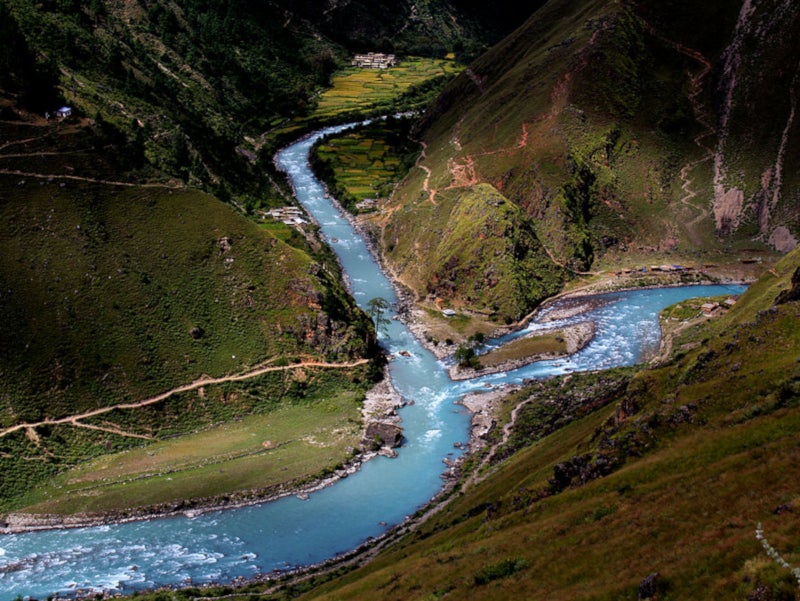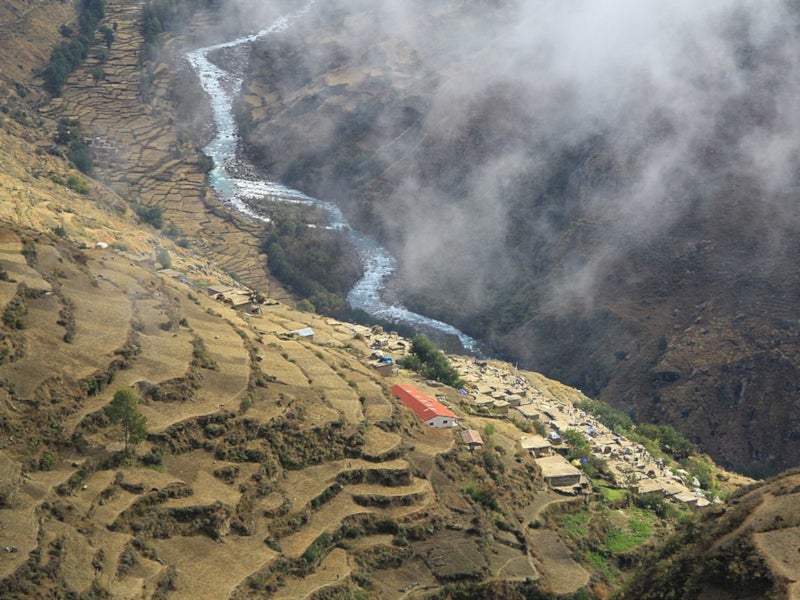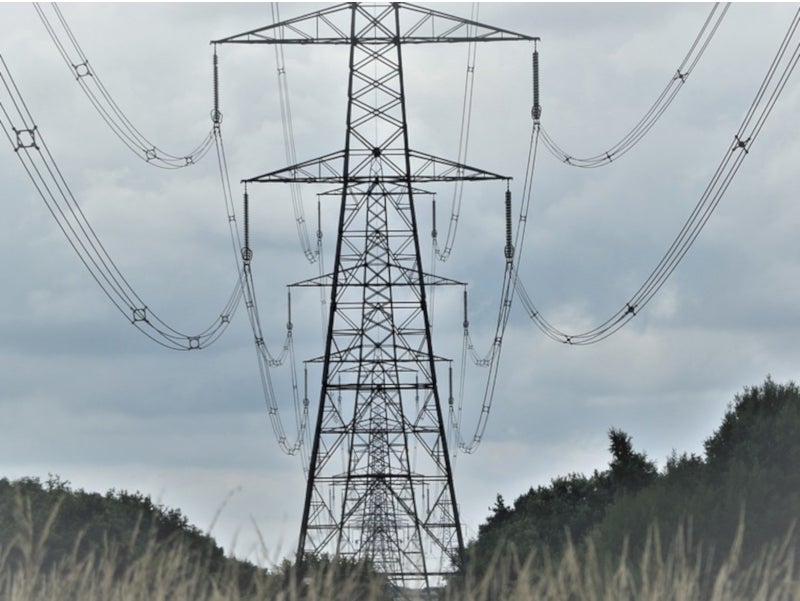The Upper Karnali hydropower project is a run-of-the-river hydropower project being developed on Karnali River in Nepal.
The project will supply power to Nepal, India, and Bangladesh for a contracted period of 25 years.
The Government of Nepal awarded the project to GMR Upper Karnali Hydro Power Limited (GUKHL), a subsidiary of GMR Group India, under a memorandum of understanding (MoU) signed in January 2008. GMR is developing the project on a build-own-operate-transfer (BOOT) basis.
The Nepal Government received 27% free equity in the project, as part of the MoU with GMR.
Project development agreement (PDA) of the hydro project was signed between the Government of Nepal and GMR Group in September 2014.
The project saw a halt in development for a few years because of delays in securing financing due to lingering market uncertainty for the electricity generated by the project. The project is expected to be commissioned during the 2023-2024 financial year.
With an estimated investment of approximately $1.5bn (£1.23bn), the plant is expected to create more than 3,000 jobs during construction. It is estimated to generate 3,466 million units of electricity, while offsetting approximately two million tons of greenhouse gas emissions a year.
Upper Karnali hydropower project location and make-up
The Karnali hydropower project site is located on the Karnali River within three districts namely Surkhet, Achham, and Dailekh. It will feature a concrete gravity dam, headrace tunnels, a fish pass, feeder tunnels, surge and pressure shafts, and silt flushing tunnels.
The reservoir will have a surface area at FRL of 1.96 million m², with a power density of 459.18W/m².
The main spillway will be gated Orifice type with five bays, each measuring 11m-wide and 14m-tall.
The diversion tunnel/sediment diversion tunnel will be a 1,050m-long, 9m-wide horseshoe shaped tunnel. The concrete gravity dam will be 207m-long and 64m-high above the foundation.
From the diversion tunnel, water will be conveyed to the power house through two horseshoe-shaped headrace tunnels (HRT) measuring 10m in diameter. The HRTs will measure 2.2km and 2.3km, respectively.
The surge shafts will consist of two units measuring 42m-high and having an internal diameter of 25m.
The pressure shafts will consist of four units, measuring 6m in diameter and between 250m and 275m in length. Each shaft unit diverges into two 50m-long limbs with a diameter of 4.25m each.
The surface power house will be located on the right bank of Karnali River and will feature eight vertical shaft Francis turbines, each with a capacity of 112.5MW. The turbines will operate at a rated net head of 150.11m and rated speed of 214.3rpm.
Power transmission and off-take
The power generated by the Upper Karnali hydropower project will be transmitted to the North East West Northern Eastern (NEWNE) India grid through a 400kV double-circuit transmission line.
The 400kV export power is expected to be transmitted to the pooling station at Bareilly in Uttar Pradesh, owned by Power Grid Corporation of India (PGCIL).
Nepal is entitled to receive 12% free power from the total power generated by the project, while 56% will be sold to Bangladesh under a long-term power purchase agreement (PPA). The remaining 32% will be sold to India under short-term/mid-term/long-term bilateral purchase agreements.
Project financing
The project is proposed to be funded by Asian Development Bank (ABD), Asian Infrastructure Investment Bank (AIIB), JICA, CDC, and Nepal Investment Bank (NIBL).
GMR Group also signed a partnership agreement with International Finance Corporation (IFC), in December 2014, for assisting the project in achieving financial closure.





